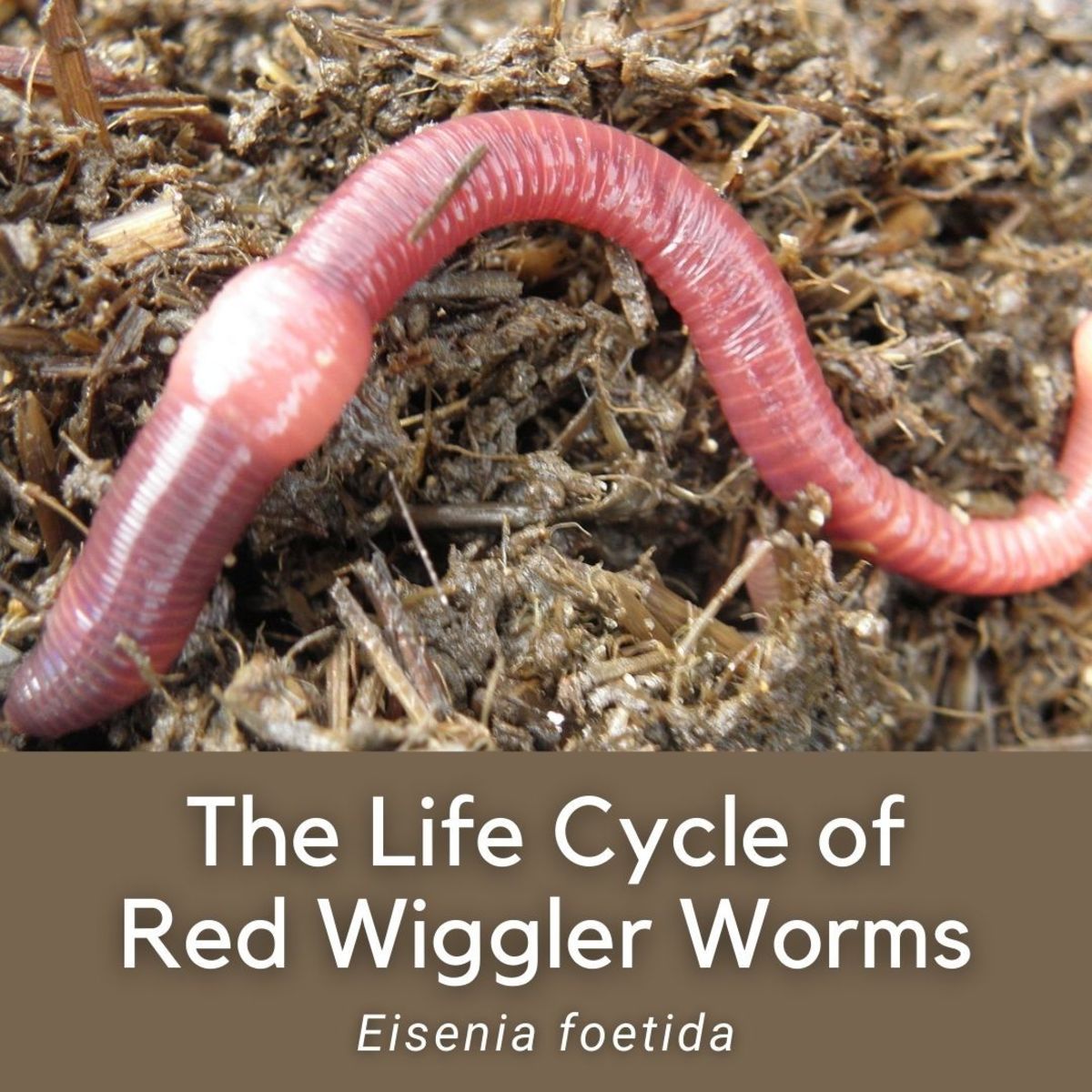Red Wiggler Worms - Perfect for Vermicomposting and Soil Enrichment
Wiki Article
Maximizing the Perks of Red Wiggler Worms: A Comprehensive Guidebook for Home Gardeners and Urban Farmers
In the realm of sustainable gardening practices, red wiggler worms stand as unsung heroes, quietly transforming organic waste into nutrient-rich castings that can function wonders for soil health and wellness. By checking out the ins and outs of exactly how to successfully care for and make best use of the benefits of red wiggler worms, individuals can open a wide range of possibilities for boosting the sustainability and efficiency of their horticulture ventures.Understanding Red Wiggler Worms
Red Wiggler worms, renowned for their reliable composting capacities, are a varieties of earthworms widely utilized in vermiculture practices. These worms, clinically recognized as Eisenia fetida, grow in decomposing natural product, making them excellent prospects for composting.One trick characteristic of Red Wiggler worms is their reproductive rate. These hermaphroditic creatures possess both male and female reproductive organs, allowing them to reproduce rapidly under favorable conditions. A mature Red Wiggler can produce numerous children in a short period, guaranteeing a stable population within a composting system.

Establishing a Worm Container
When establishing a worm container for vermiculture objectives, proper prep work and attention to detail are crucial for creating a conducive atmosphere for Red Wiggler worms,. Begin by choosing an ideal container for your worm container. This can be a plastic or wooden container with a cover to maintain moisture levels and secure the worms from light. Make certain that the container has drainage holes at the bottom to stop waterlogging.
Place the worm container in an amazing, dark area away from direct sunshine and extreme temperature levels. By following these actions, you can establish up a flourishing worm container that will efficiently refine organic waste into nutrient-rich vermicompost for your yard.
Feeding and Maintaining Worms
Making certain a well balanced and nutritious diet is essential for the health and wellness and efficiency of Red Wiggler worms in a vermiculture system. It is crucial to stay clear of feeding them citrus fruits, onions, garlic, milk items, meat, and oily foods as these can be unsafe to the worms or create undesirable smells in the container.Correct dampness degrees are likewise crucial for the well-being of Red Wiggler worms. By faithfully monitoring their diet, dampness, and environmental conditions, home gardeners and city farmers can sustain a productive and healthy and balanced Red Wiggler worm population for composting objectives.
Gathering Worm Castings
To effectively remove nutrient-rich worm castings from the vermicompost, a methodical harvesting procedure is vital for making best use of the composting benefits. The initial step in gathering worm spreadings is to urge the worms to migrate to one side of the bin.After the spreadings have actually been harvested, it is very important to divide any kind of remaining worms from the spreadings to stay clear of harming them during storage or application. One reliable approach is to create conical piles of castings under brilliant light. Worms will intuitively move away from the light, enabling for very easy splitting up and elimination.
Lastly, the collected worm castings ought to be kept in a great, dark, and completely dry place to maintain their quality and efficiency as a nutrient-rich dirt change. By following these steps, home gardeners and metropolitan farmers can make the most of the benefits of red wiggler worms in their vermicomposting systems.
Using Worm Castings in Horticulture
The consolidation of nutrient-rich worm spreadings right into yard dirt can substantially enhance plant development and overall soil health and wellness. Worm spreadings, additionally called vermicast, are an all-natural plant food created by red wiggler worms as they break down organic matter. These castings are rich in important nutrients like nitrogen, phosphorus, potassium, and beneficial microbes that promote plant development and boost dirt structure.When utilizing worm castings in horticulture, it is important to blend them thoroughly into the dirt or utilize them as a top dressing around plants. The slow-release nature of worm spreadings makes sure a consistent supply of nutrients to plants gradually, decreasing the risk of nutrient leaching and advertising long-lasting soil fertility. Additionally, worm spreadings assist improve official statement dirt oygenation, water retention, and microbial activity, developing a healthy and balanced setting for plant origins to flourish.

Final Thought
In verdict, the use of red wiggler worms in home horticulture and city farming can significantly benefit soil health and plant growth. By recognizing just how to establish up and keep a worm container, feed the worms effectively, find more information and harvest their nutrient-rich spreadings, garden enthusiasts can maximize the benefits of these earthworms.In the world of lasting gardening practices, red wiggler worms stand as unsung heroes, quietly transforming natural waste right into nutrient-rich resource spreadings that can function wonders for soil health.When developing a worm bin for vermiculture functions, appropriate preparation and attention to information are crucial for developing a helpful atmosphere for Red Wiggler worms. The very first step in harvesting worm castings is to motivate the worms to migrate to one side of the container. Worm spreadings, likewise known as vermicast, are a natural plant food created by red wiggler worms as they break down natural issue. By comprehending just how to establish up and maintain a worm container, feed the worms effectively, and gather their nutrient-rich castings, garden enthusiasts can maximize the advantages of these earthworms.
Report this wiki page